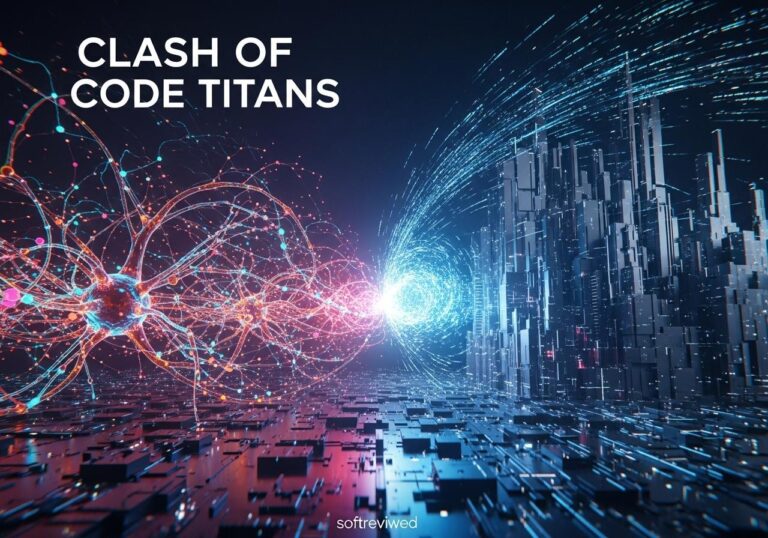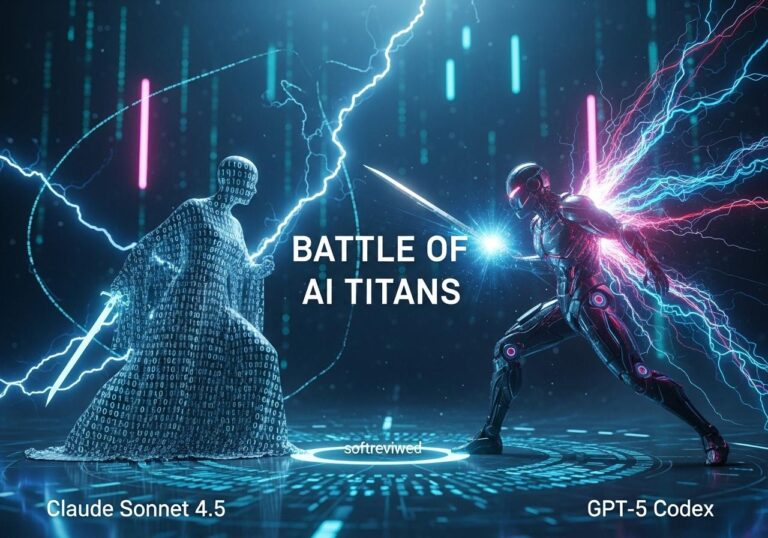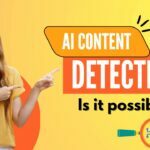🦷 World’s First Autonomous Dental Procedure
Revolutionizing dental care with cutting-edge robotic technology
🤖 Autonomous Dental Procedure
Perceptive, a Boston-based company, has successfully conducted the world’s first fully autonomous dental procedure on a human patient.
📷 Advanced Imaging Technology
Perceptive’s robotic system uses a handheld 3D volumetric scanner with optical coherence tomography (OCT) to create detailed 3D models of the patient’s mouth.
🎯 90% Accuracy in Cavity Detection
The OCT technology can automatically detect cavities with an accuracy rate of around 90%.
⚡ Increased Efficiency and Precision
The robotic system promises increased efficiency and precision in dental care, potentially leading to more consistent results and reduced procedure times.
😌 Potential to Reduce Anxiety and Discomfort
The high precision of robotic systems might lead to better outcomes and reduce discomfort for patients.
📋 Regulatory Challenges Ahead
Before robotic dental systems can become widely available, they must clear significant regulatory hurdles, including FDA review and approval in the United States.
Groundbreaking Development in Dental Care
A Boston-based company, Perceptive, has successfully conducted the world’s first fully autonomous dental procedure on a human patient. This remarkable achievement signifies a potential transformation in dental care, promising enhanced efficiency and precision, while also sparking a critical conversation about the future of the profession.
Advanced Imaging Technology
The core of Perceptive’s robotic system is its advanced imaging technology. The company has developed a handheld 3D volumetric scanner that leverages optical coherence tomography (OCT) to create highly detailed three-dimensional models of the patient’s mouth. This innovation captures not only the visible surfaces of teeth and gums but also the underlying structures such as nerves beneath the tooth surface.
Key Features of OCT Technology
- No ionizing radiation: OCT uses only light beams, eliminating the radiation exposure associated with traditional x-rays.
- High-resolution models: The 3D models created are reportedly accurate enough to detect cavities automatically with an accuracy rate of around 90%.
Dry Run Testing on Moving Human Subjects
Although detailed results of these tests have not been made public, a time-lapse video released by Perceptive highlights the drilling portion of a crown preparation. The movements of the robotic arm appear smooth and precise, closely resembling a computer-controlled manufacturing process rather than a traditional dental procedure. This level of precision could potentially lead to more consistent results and reduced procedure times.
Reducing Patient Anxiety
The high precision of robotic systems might lead to better outcomes and reduce discomfort for patients. However, the concept of a robot performing dental work may initially be unsettling. Acceptance of this technology will likely hinge on factors such as demonstrated safety and efficacy, as well as effective communication about its benefits and risks.
Factors Influencing Acceptance
- Safety demonstrations: Robust testing and proven safety are crucial.
- Efficacy: Effective results compared to traditional methods.
- Cost considerations: While increased efficiency could reduce costs in the long run, the initial investment in these advanced systems is substantial.
Regulatory Challenges and Future Outlook
Before robotic dental systems can become widely available, they must pass significant regulatory hurdles. In the United States, for example, the Food and Drug Administration (FDA) will need to review and approve the technology, a process that typically involves rigorous testing to ensure safety and efficacy.
While the technology shows promise for increasing efficiency and precision in dental care, it also raises important questions about the future role of human dentists, patient acceptance, regulatory challenges, and ethical implications. Balancing the potential benefits of automation with the irreplaceable aspects of human care in dentistry will be crucial as research and development continue.
Conclusion
Perceptive’s successful execution of a fully autonomous dental procedure marks a new chapter in dental care. This pioneering technology offers the promise of enhanced efficiency and precision. However, it also necessitates careful consideration of regulatory approval, patient acceptance, and the enduring value of human expertise in dentistry.
What do you think about robots performing dental procedures? Share your thoughts in the comments below.
Perceptive’s AI-Driven Dental Technology: Key Metrics
This chart compares various metrics of Perceptive’s AI dental system to traditional methods, showcasing improvements in accuracy, efficiency, and funding.







